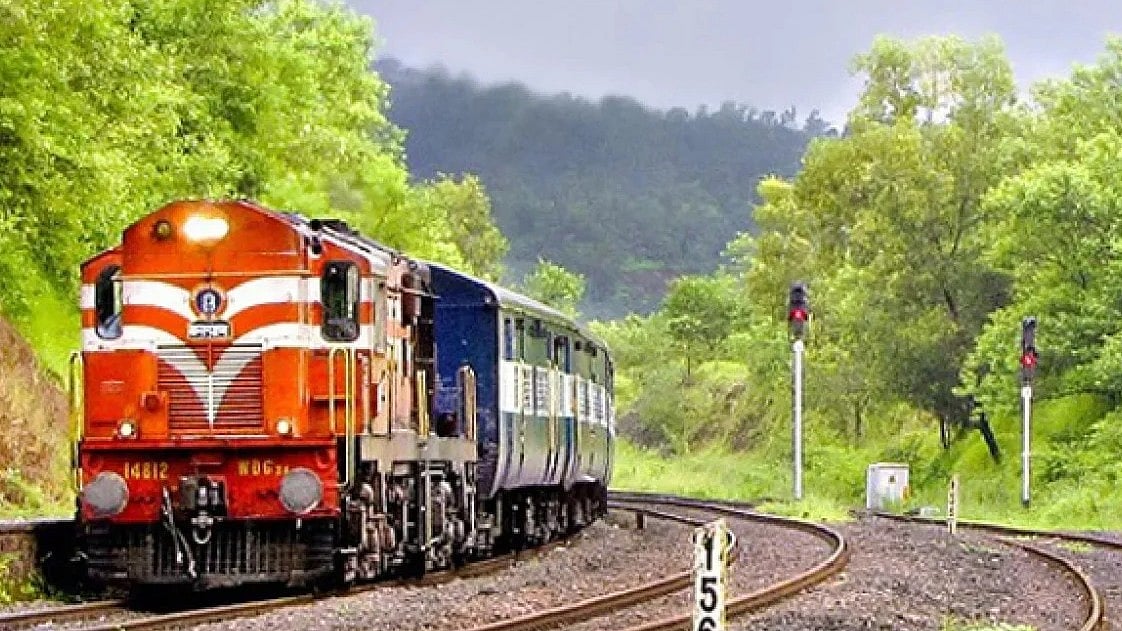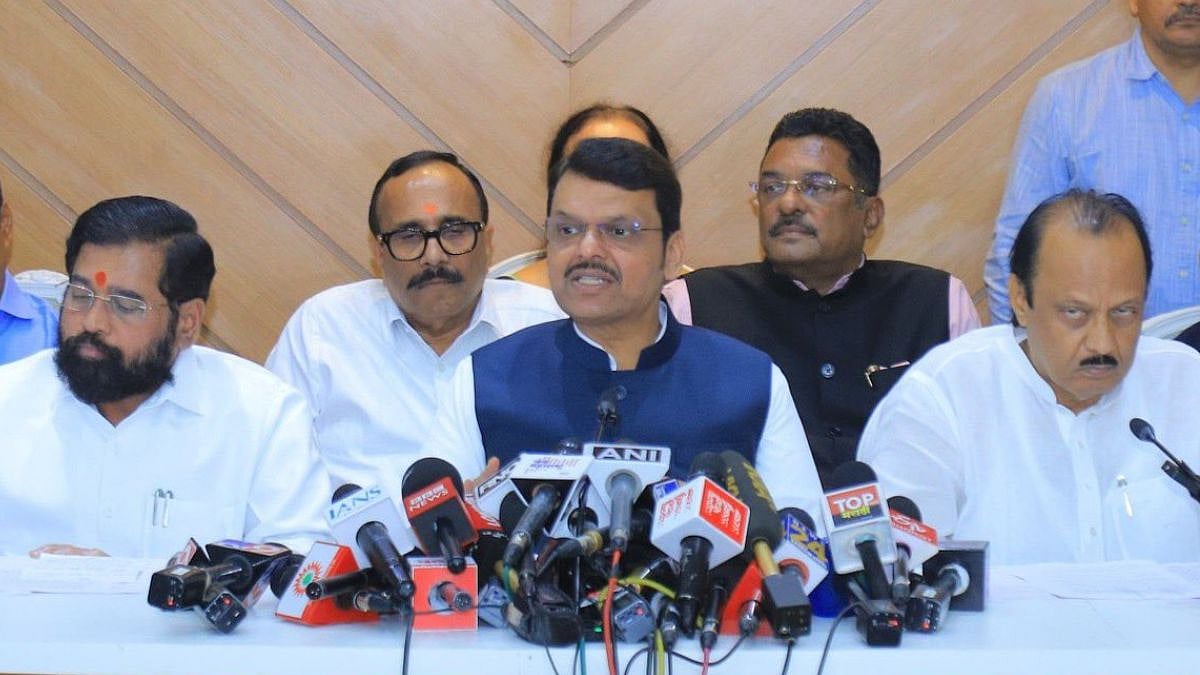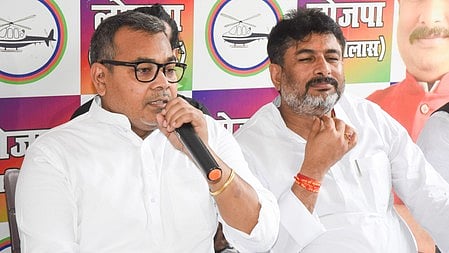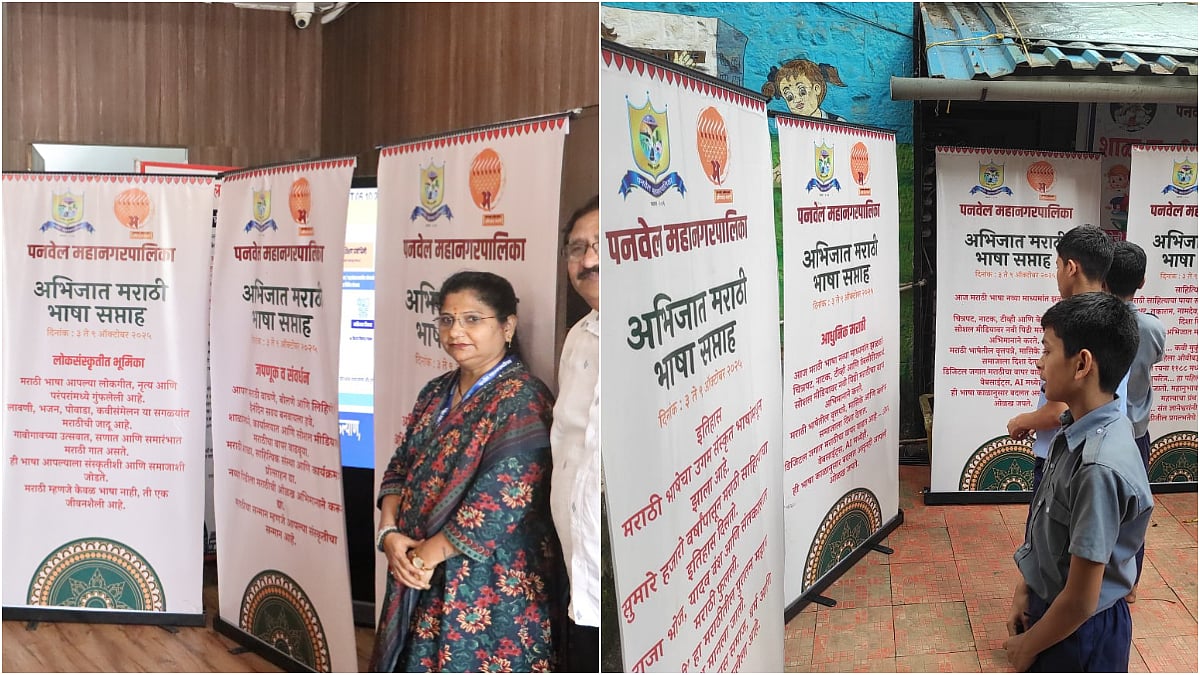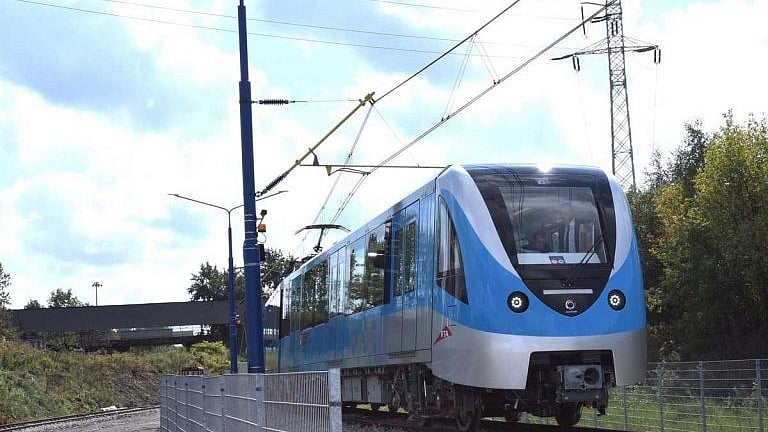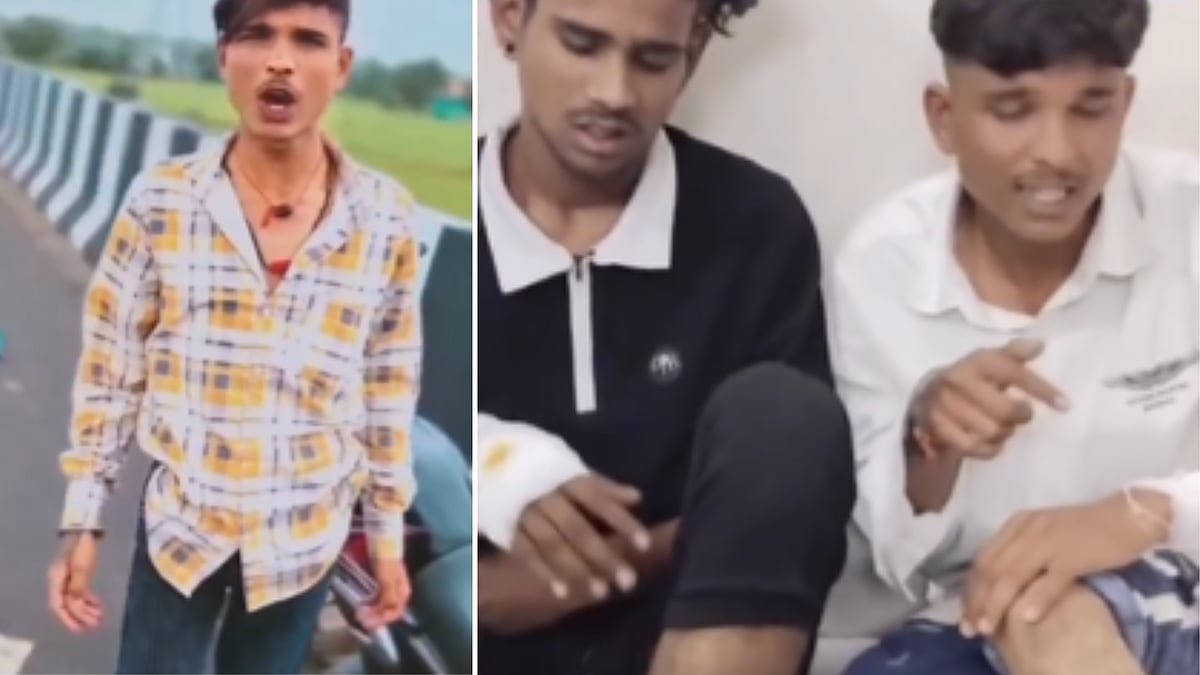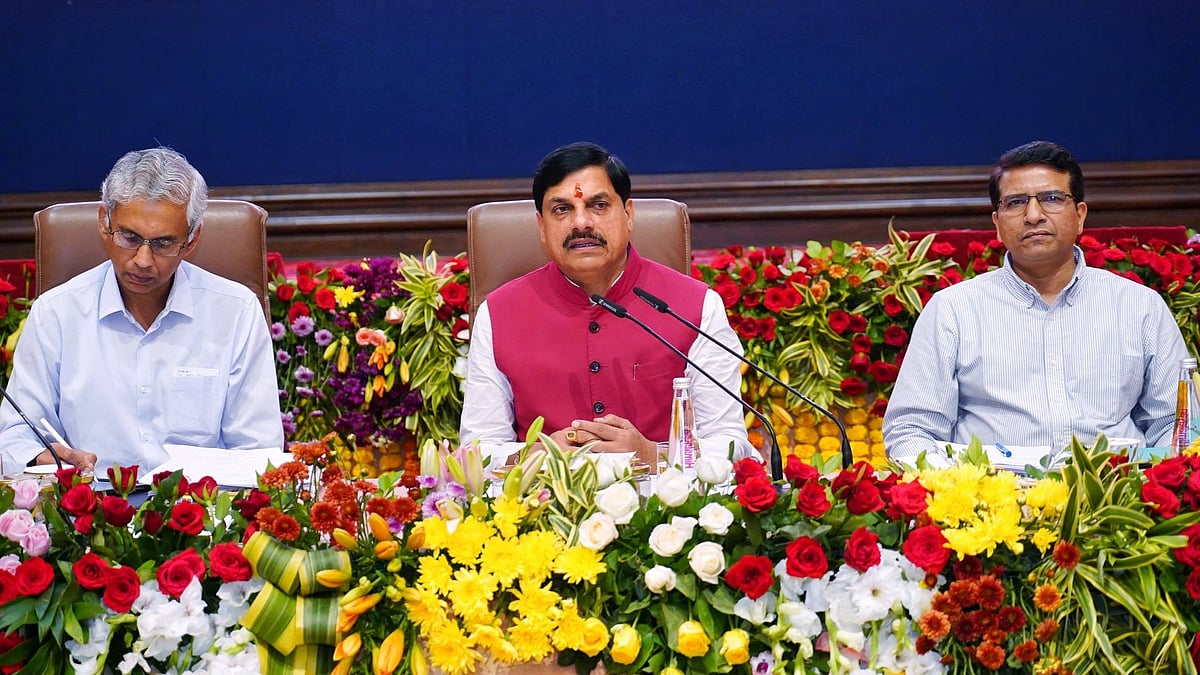Even after more than 150 years of Police Act, 1861 brought about by the then British rulers to transform police force into rulers’ tool to implement their orders against people in general and create a divide between police and society.
The act was born out of concern of the British rulers over police force’s rebellion against them and support to revolutionaries during India’s first freedom struggle in 1857.
Due to the rebellion the British rulers spent sleepless nights and they decided to fix the role of the police in such a way that it should be separated from the public and there is no goodwill among the people towards it. Thus came the foundation of the colonial police which was vested with such duties that there was always a state of conflict between public and police.
The police’s atrocities on people led to the latter’s animosity and later hatred towards the former. Police subjected public particularly the freedom fighters to third degree and barbaric methods. Police structure under the 1861 Act was designed in such a way that it was not answerable to people.
The control of police in each district was handed over to two British officers. The first of these was the sergeant, who was responsible for discipline in the police line. Now, RI has this role to play. The second officer was the captain, who was the police in-charge of the entire district.
In the three big cities of Bombay (now Mumbai), Calcutta (now Kolkata) and Madras (now Chennai) where the British lived in a good number policing was done through Metropolitan police by implementing a police commissioner system. Here the control of the police force was handed over to police authorities. So, the image of the police was better here. Here, the police also had the responsibility of good work like monitoring of cleanliness. This gave a good image to police force.
Even in rural areas, the police were placed under the district magistrate, who used to be a British officer.
After Independence, little work was done on changing the image of the police and unfortunately, the Police Act 1861, which was aimed at suppressing us continues to remain the basis of the present police system.
This was done to ensure that police work according to the wishes of the government. Police were given negative tasks such as confronting the public while wielding batons during work like distribution of kerosene, collection of payments against electricity bills and removing encroachments.
When Madhya Pradesh was formed, the first chief minister Pt. Ravi Shankar Shukla wished that the police be kept away from all such works which affected its fundamental work of maintaining law and order situation and checking and investigating crimes. Here came in formation of
Nagar Sena (Home Guards) for all these works but due to many reasons the Home Guards are still not engaged properly to handle such work. Till date, no system has been evolved as such.
There was also a problem that the state governments didn’t have a provision of funds to the traditional departments like tehsil, thana etc. Later, the Government of India introduced the work of police modernization which led to proper offices of police department and also houses for the police personnel.
MP government also started giving matching grants. As a result of this, the best work in police housing in India was done in MP in the last 15 years. The advantage of involving the police in planning is that every year the budget of the police keeps increasing according to the plan size.
However, there was not much change in the rules and regulations during this period. It has definitely happened that compliance of Supreme Court’s and the Human Rights Commission’s guidelines has given some relief to people. There was also work on community policing based on the concept of 'Aapki police-Aapke saath'.
The formation of gram raksha samiti, nagar raksha samiti, shanti committee etc have brought police closer to public and vice-versa.
It is noteworthy that for the first time in the country, community policing was implemented in an institutional form in MP only, though it is running at a small scale.
But challenges before police have also grown manifold. The traditional crimes like theft, dacoity, robbery, murder are just another aspect of the crimes. Now, cyber and social media crimes are the biggest challenge. This has also increased the intrusion in the privacy of the people. With the advent of smart phones, the challenges of the police has increased manifold.
Many a time we unknowingly facilitate such crimes by sharing our sensitive information like location, wealth, family details etc on social media.
On the other hand, the work of government agencies has become more difficult. People use WhatsApp and chat etc., whose data is not easily available to agencies. Now the evidence also has to be collected in a digital form much to difficulty of the police department.
Police personnel have to be trained in a new way. The Government of India brought the IT Act in the year 2000, after which digital evidence was also recognized. In the last one and a half years when people stayed at home during Covid, digital crimes, especially international and inter-state crimes saw a spurt.
The police have to work within its jurisdiction, but there are no boundaries for criminals. They commit such crimes by sitting anywhere in the world. Now crime like sextorsion is yet another big challenge. The victims of such crimes often do not even approach the police out of fear of social stigma. Digital frauds related to banking are also taking place in a good number. Such crimes are committed in a few seconds and the perpetrator of the crime is anonymous.
The twin burden of training the police to deal with such crimes and creating awareness among the public comes with a double burden.
Rule of law is the most characteristic feature of any civil society. To maintain this, such a system will have to be made, in which the wheel of law, forgetting the difference between the poor and the rich, spins equally for all.
In this journey of more than seven decades the methods of interrogating criminals and finding out the truth have completely changed. Earlier, there was a baton of rubber in the police stations. It was called a ‘Multi-purpose equipment’ in the common language of the police. On using it, the criminal would only get the injury which was not deep. To avoid being treated with this, the criminals used to reveal the truth. Today modern methods like lie detector tests and forensic investigation are used to find out the truth.

